Introduction
The integration of Artificial Intelligence (AI) in art and decor selection heralds a new era in personalizing home interiors, blending technological sophistication with individual aesthetics. AI's capability to analyze and adapt to homeowners' preferences has transformed it into a virtual connoisseur of art and style. It's like having a personal assistant who not only understands your taste but also suggests decor that harmoniously aligns with your living space. More intriguingly, AI extends its prowess to creating custom artworks, offering a unique opportunity to possess pieces that are deeply personal and one-of-a-kind. This innovative approach ensures that every home tells its own story, reflecting the personalities and preferences of its inhabitants. As AI continues to evolve, it promises to redefine our living spaces, making them more aligned with our personal narratives and aesthetically enriching, thus marking a significant leap forward in how we experience and interact with our homes.
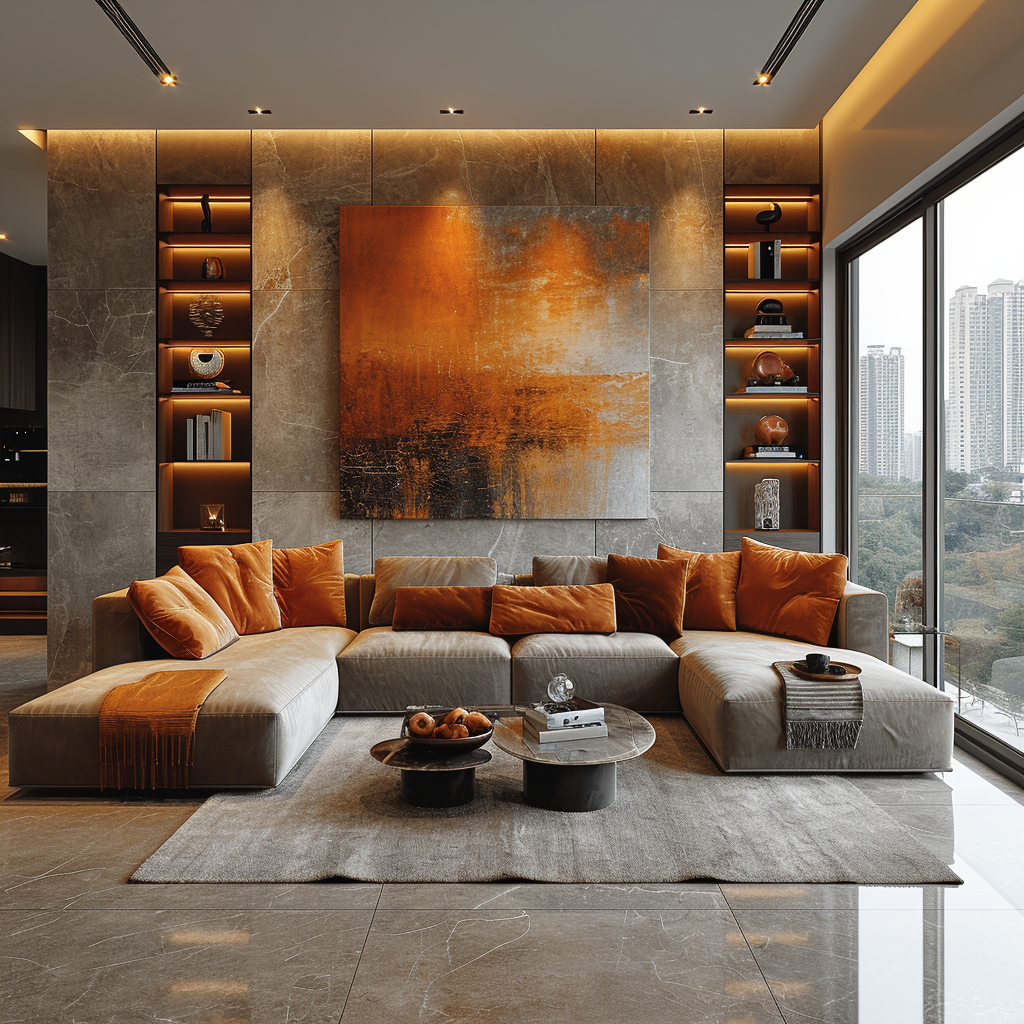
AI-Assisted Art and Decor Curation
- In the realm of home design, AI-assisted art and decor curation is transforming the way we conceive our living spaces, offering a blend of professional precision and personal touch. Imagine a tool that not only understands your style preferences but also intelligently recommends art and decor that perfectly aligns with your personal aesthetic. This is the reality of AI in interior design. By analyzing an individual's previous selections, social media activity, and even the nuances of their interactions with various design elements, AI algorithms have the unique ability to discern style preferences with remarkable accuracy. They can sift through vast databases of art and decor, identifying pieces that resonate with your personal taste, ensuring that each recommendation adds a layer of personalization to your home.
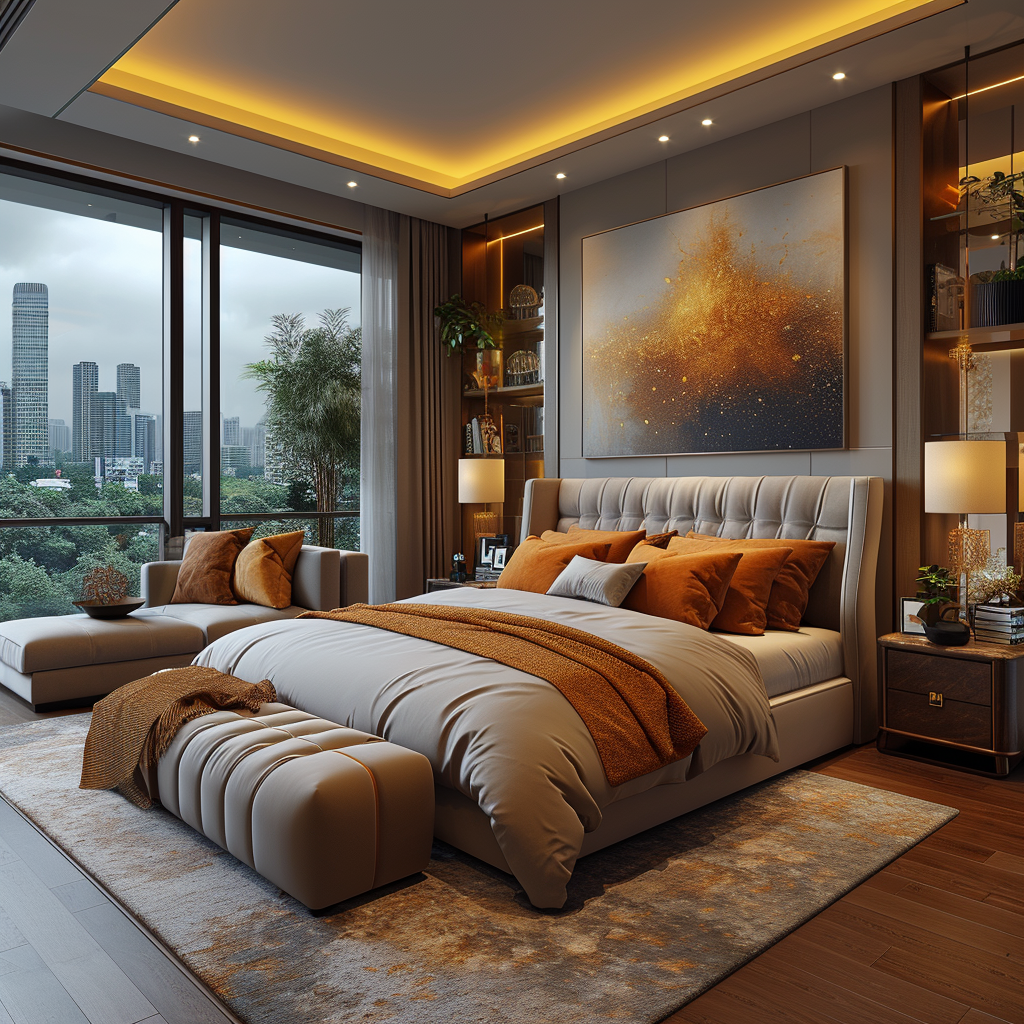
- Beyond just style matching, AI's capabilities extend to spatial recognition – a critical aspect of interior design. It takes into account the dimensions of your room, the layout, and the existing furnishings to recommend pieces that not only fit your style but also the space they will inhabit. This involves a sophisticated analysis of size, color, texture, and placement, ensuring that each recommended piece complements the existing space and contributes to a harmonious overall look. It's akin to having a professional designer who meticulously considers every aspect of your room to select pieces that enhance its appeal.
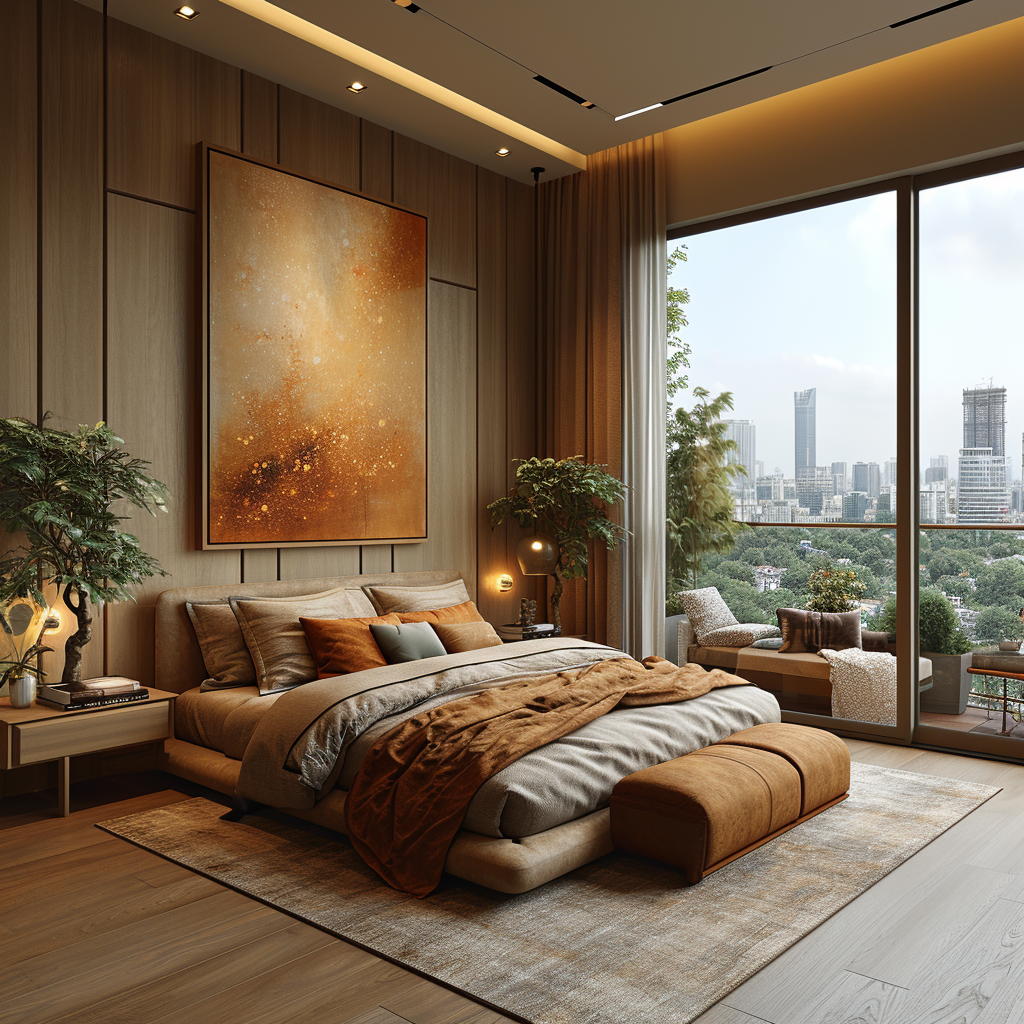
- Moreover, AI's mood analysis feature adds another dimension to personalized home design. It understands that the ambiance of a room goes beyond just its physical appearance; it's also about how the space feels. Whether you're seeking a calm oasis, a vibrant space full of energy, or an inspiring nook for creativity, AI can recommend art and decor that helps set the desired mood. This holistic approach to design, which considers not just the visual appeal but also the emotional resonance of a space, is what sets AI apart in the field of interior design. In essence, AI in art and decor selection is not just about creating aesthetically pleasing spaces; it's about crafting environments that reflect and enhance the lifestyles, moods, and personalities of those who inhabit them.
Custom Artwork Creation
- Custom artwork creation through AI represents a fascinating intersection of technology and artistry, offering new realms of creative expression. AI-generated art is not merely a technological feat; it's a personalized artistic journey. By assimilating inputs from homeowners about their preferred styles, colors, and themes, AI systems are equipped to generate artworks that are not only unique but also deeply resonant with their personal tastes. This process heralds a new era of art creation – one where the barriers between artist, audience, and creator blur, giving rise to pieces that are as meaningful as they are aesthetically pleasing.
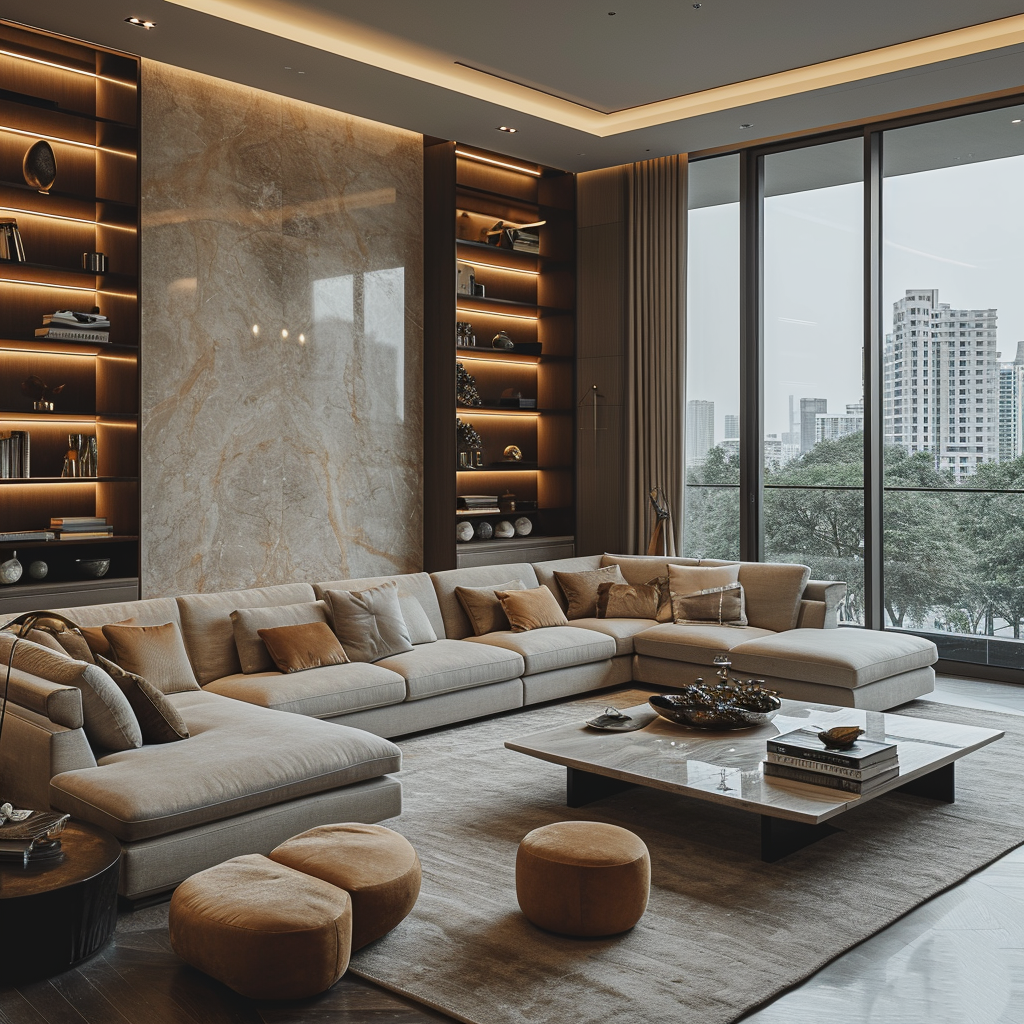
- Beyond individual art generation, the role of AI in collaborative artwork design is equally transformative. Here, AI acts as a creative partner to human artists, infusing the artistic process with data-driven insights and novel perspectives. This collaboration can lead to the birth of artworks that are groundbreaking in their conception and execution – pieces that might never have been envisioned without the unique amalgamation of human creativity and AI’s analytical prowess. This synergy is not just about producing art; it's about redefining the creative process, pushing boundaries, and exploring uncharted artistic territories.
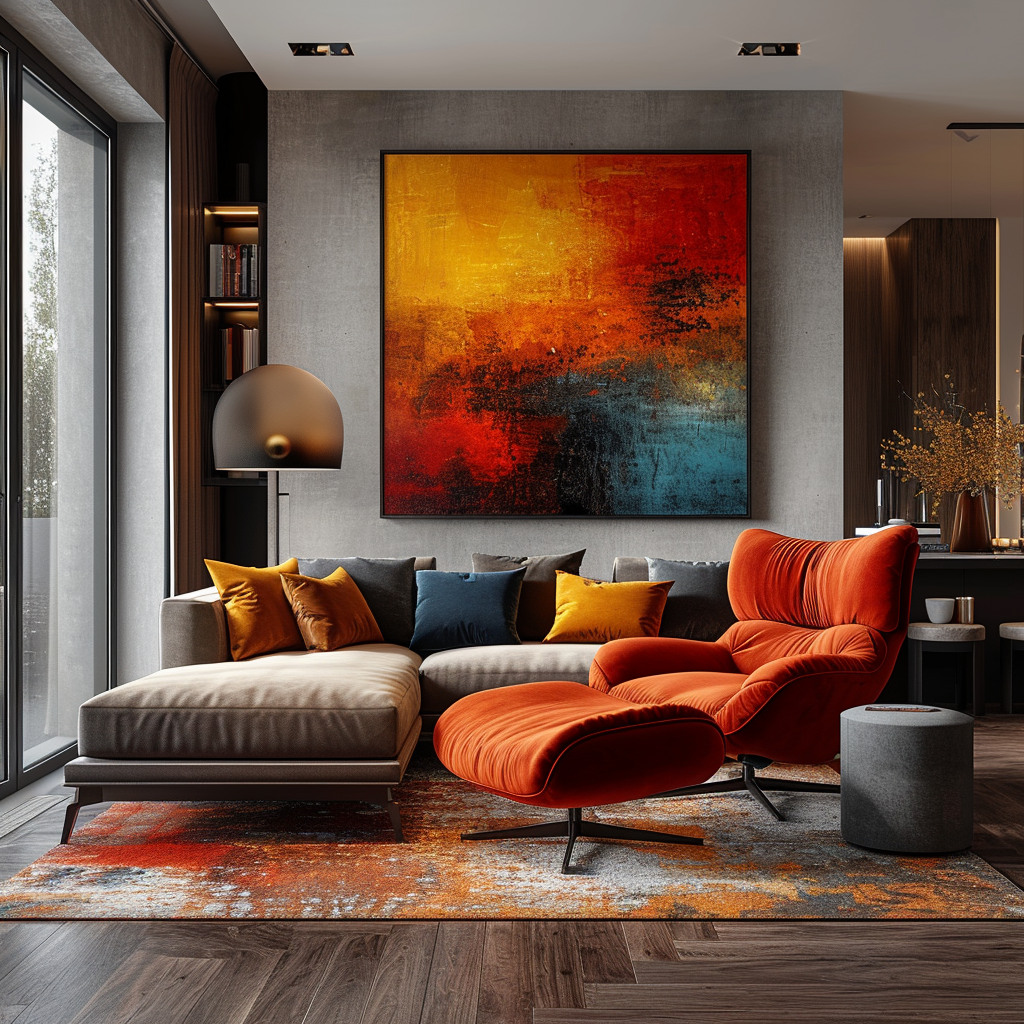
- The potential of AI in custom artwork creation is immense. For homeowners, it means the ability to commission art that is tailor-made to their preferences and spaces, infusing their surroundings with a sense of identity and exclusivity. For artists, it opens up new avenues for exploration and expression, allowing them to stretch their creativity in collaboration with an AI that can analyze trends, suggest alternatives, and even simulate the outcome of creative decisions. Together, this human-AI partnership in art represents a forward-thinking approach to art creation, one that respects and elevates traditional artistic practices while embracing the possibilities presented by modern technology. In essence, AI in custom artwork creation is not just about producing art; it's about pioneering a new art form – one that is as diverse, dynamic, and deep as the array of human emotions and experiences it seeks to encapsulate.
The Role of AI in Interior Design
- The incorporation of Artificial Intelligence (AI) in interior design marks a significant evolution in the field, bringing an unprecedented level of personalization and efficiency to the design process. AI’s involvement, particularly in art and decor selection, has introduced a transformative approach to interior design. With its advanced algorithms, AI assists designers in understanding and interpreting their client’s unique preferences and stylistic inclinations, allowing for a tailored design experience that resonates deeply with the individual's personality and lifestyle.
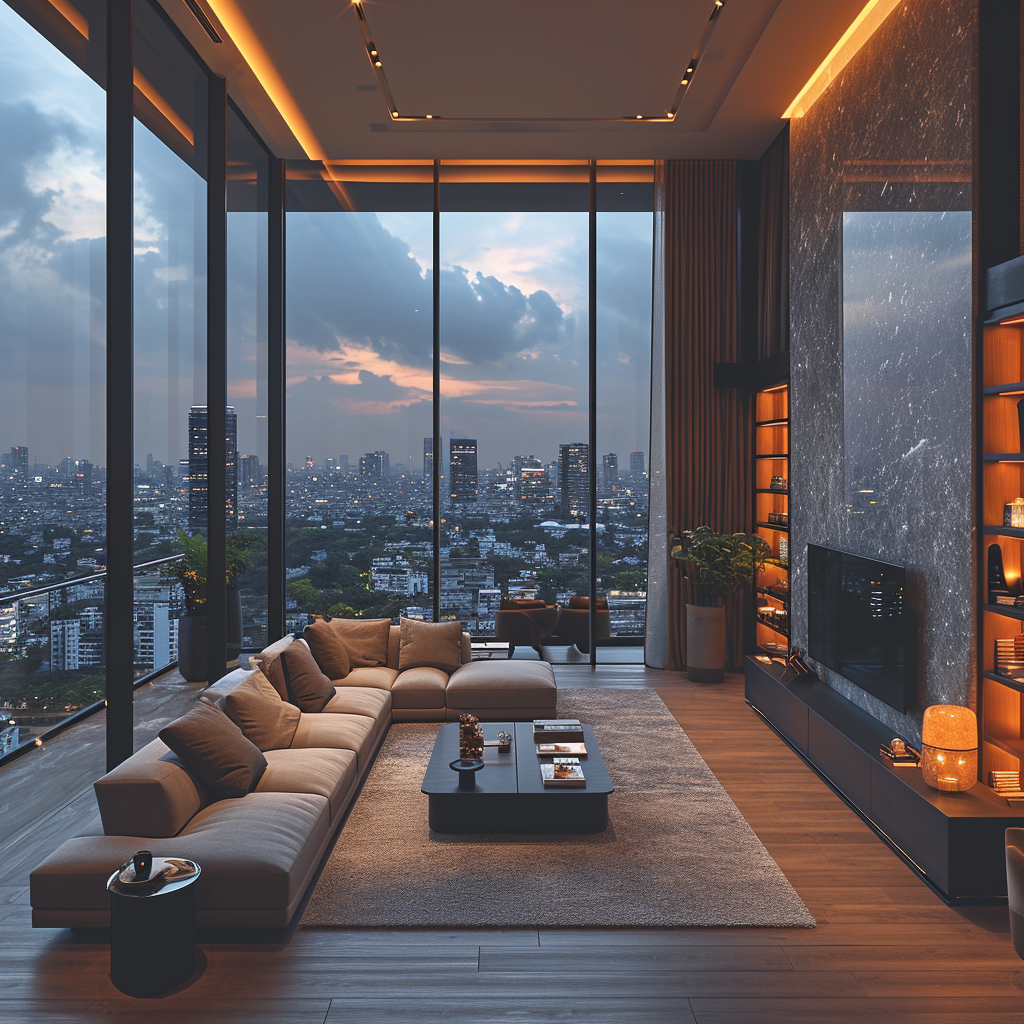
- AI’s capability to analyze vast datasets, including client preferences, historical trends, and spatial configurations, empowers designers to source pieces that align precisely with the client's vision and the spatial dynamics of their environment. This technology streamlines the selection process, significantly reducing the time and effort traditionally required to curate items manually. Designers can now offer a more comprehensive and diverse range of options, ensuring that each design element, from furniture to artwork, is a perfect fit for the space and the client's aesthetic sensibilities.
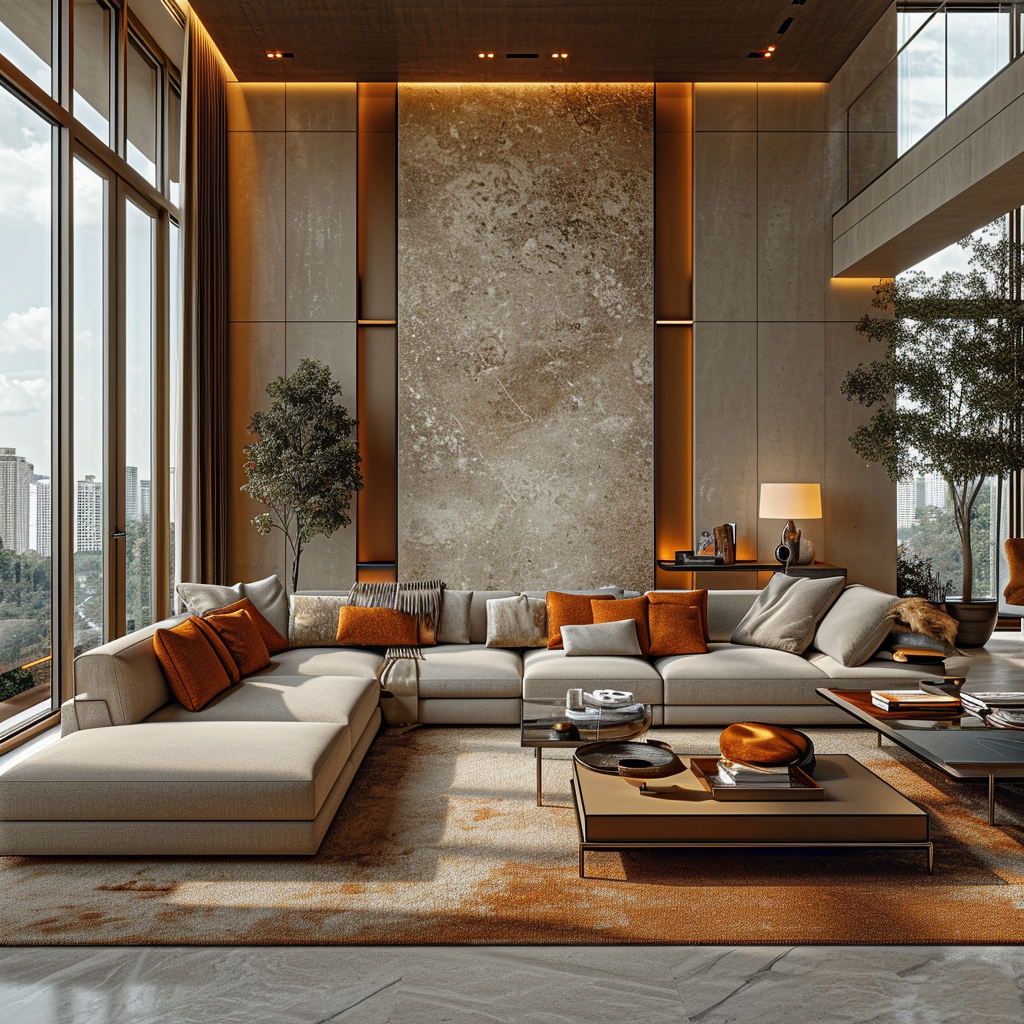
- Moreover, AI enhances the creative process by providing designers with predictive insights and innovative suggestions. It can simulate different design scenarios, offering visual previews of how selected pieces will look in a space, thus aiding in making informed and confident decisions. This aspect is particularly beneficial in avoiding costly design errors or mismatches, ensuring that the final layout is harmonious and cohesive.
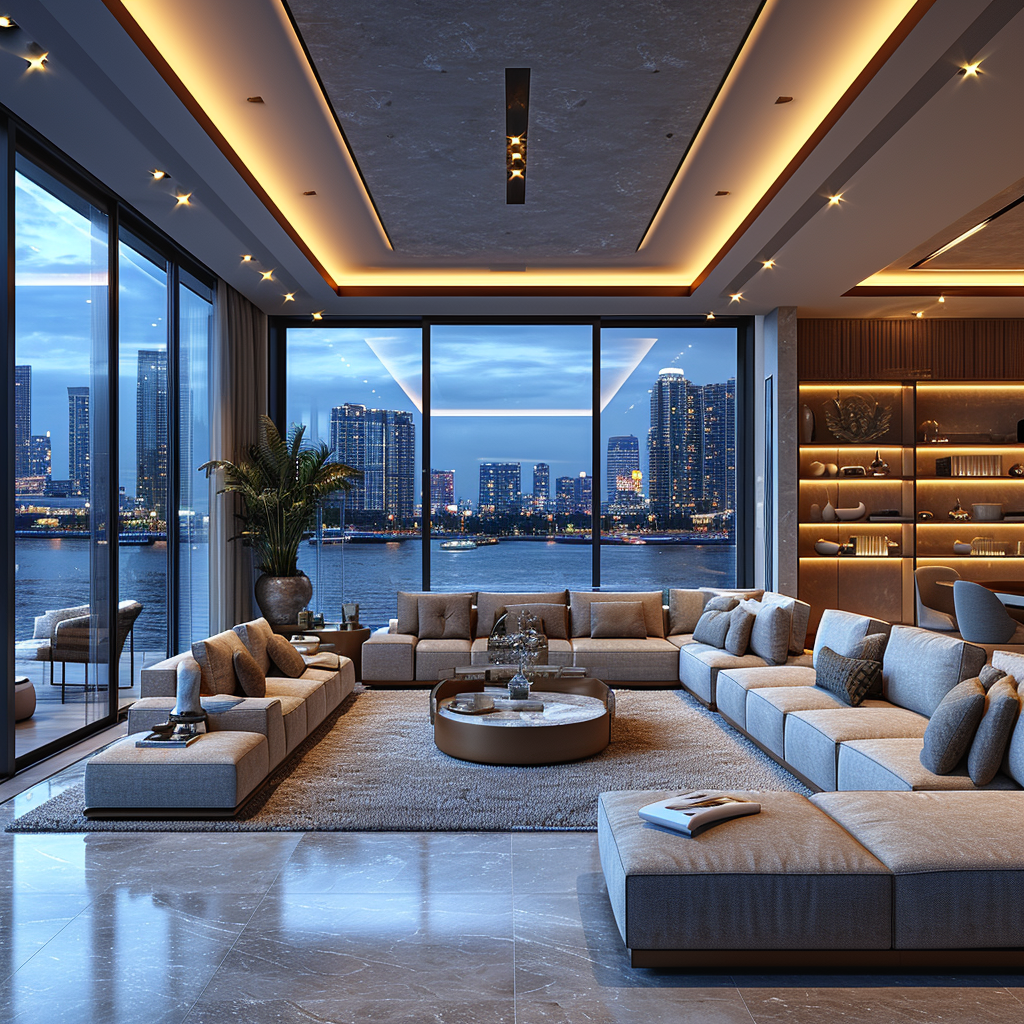
- In essence, AI's role in interior design transcends mere functionality. It acts as a bridge between the designer’s creative vision and the client’s personal story, ensuring that each space is not just aesthetically pleasing but also a true reflection of the individual's identity. As AI continues to advance, its integration into interior design promises to further enhance the art of creating spaces that are not only beautiful and functional but also deeply personal and meaningful.
Enhancing the Homeowner's Experience
- The integration of Artificial Intelligence (AI) in home design significantly enhances the homeowner's experience by adding convenience, aesthetic coherence, and a breadth of artistic exploration. First and foremost, AI's ability to streamline the process of selecting art and decor is a considerable time-saver. Homeowners no longer need to spend countless hours browsing through endless options. Instead, AI algorithms can quickly sift through vast collections and suggest pieces that align with the homeowner's tastes and the home's existing style. This efficient approach reduces the overwhelm of choices, making the design process more enjoyable and less time-consuming.
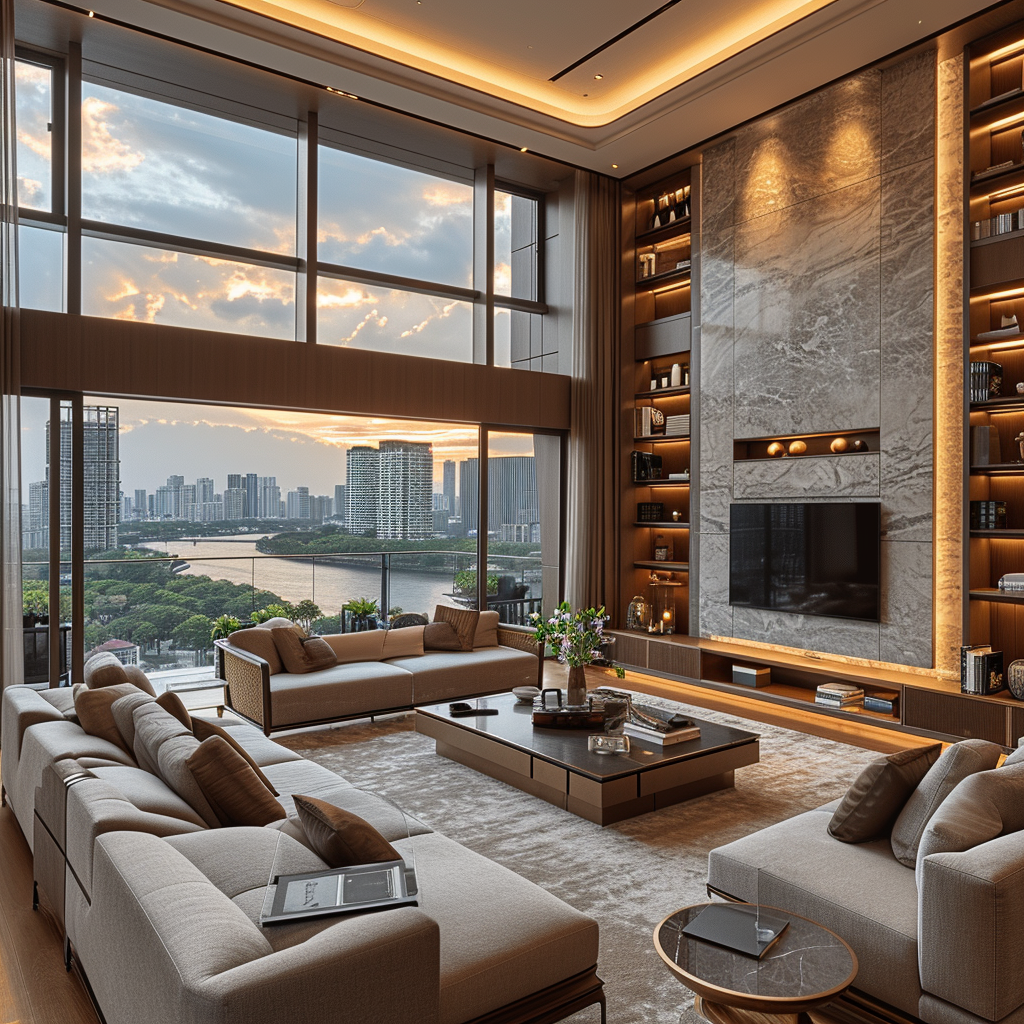
- AI also plays a crucial role in ensuring aesthetic harmony within the home. It has the capability to analyze the existing interior decor and suggest additions that not only complement but enhance the overall design. This ensures a cohesive and harmonious environment, where every piece of art or decor feels like it belongs. The result is a more polished and thoughtfully curated space that reflects the homeowner's personal style.
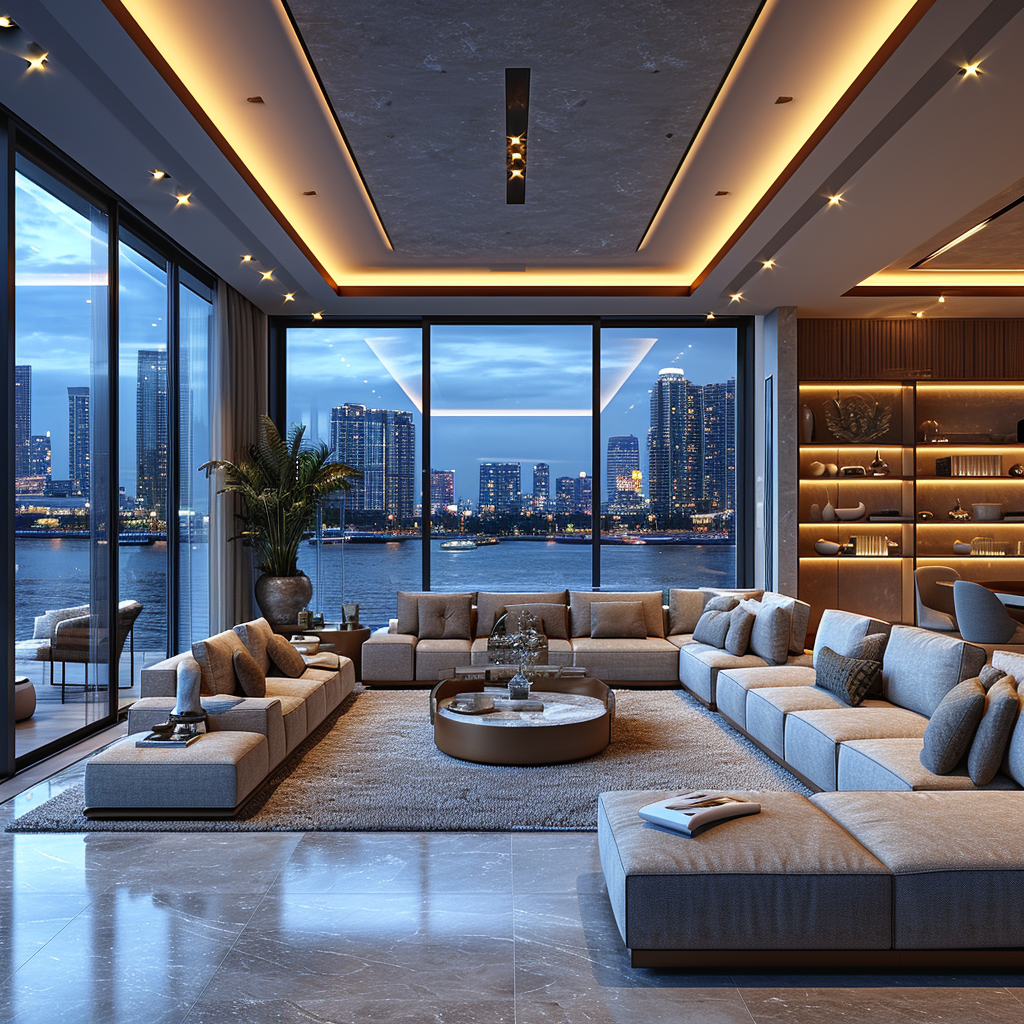
- Furthermore, AI opens up a world of artistic discovery. It can introduce homeowners to new artists and styles that might have been outside their usual preferences or knowledge. This expands their artistic horizons, potentially leading to more eclectic and diverse interiors. AI's suggestions might include local or emerging artists, different cultural art forms, or innovative design styles, offering homeowners the opportunity to explore and incorporate unique and meaningful pieces into their homes.
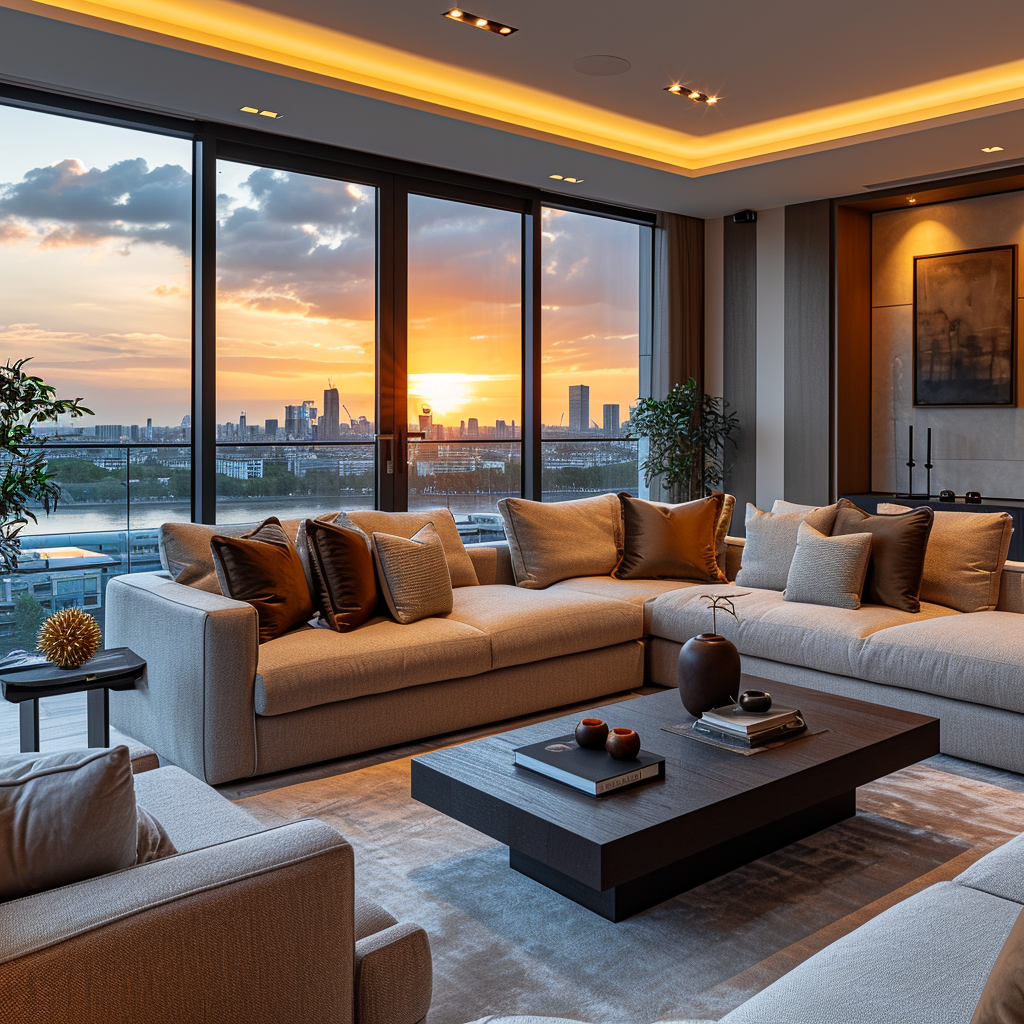
- In summary, AI in home design enhances the homeowner's experience by making the selection process more efficient and personalized, ensuring aesthetic cohesion, and broadening the scope of artistic exploration. These benefits transform the way homeowners engage with interior design, making it a more accessible, enjoyable, and enriching experience.
Challenges and Limitations
- While the advancements of Artificial Intelligence (AI) in home design are undeniably transformative, it’s crucial to recognize the inherent challenges and limitations that accompany this technology. One of the primary concerns lies in balancing AI’s algorithmic suggestions with the irreplaceable value of personal intuition and the human touch. AI, despite its sophisticated data analysis and pattern recognition capabilities, may not always fully grasp the nuanced, emotional aspects that often drive individual taste and preferences. The uniqueness of personal style, shaped by a myriad of subjective factors like cultural background, life experiences, and emotional connections, can sometimes elude the grasp of even the most advanced algorithms.
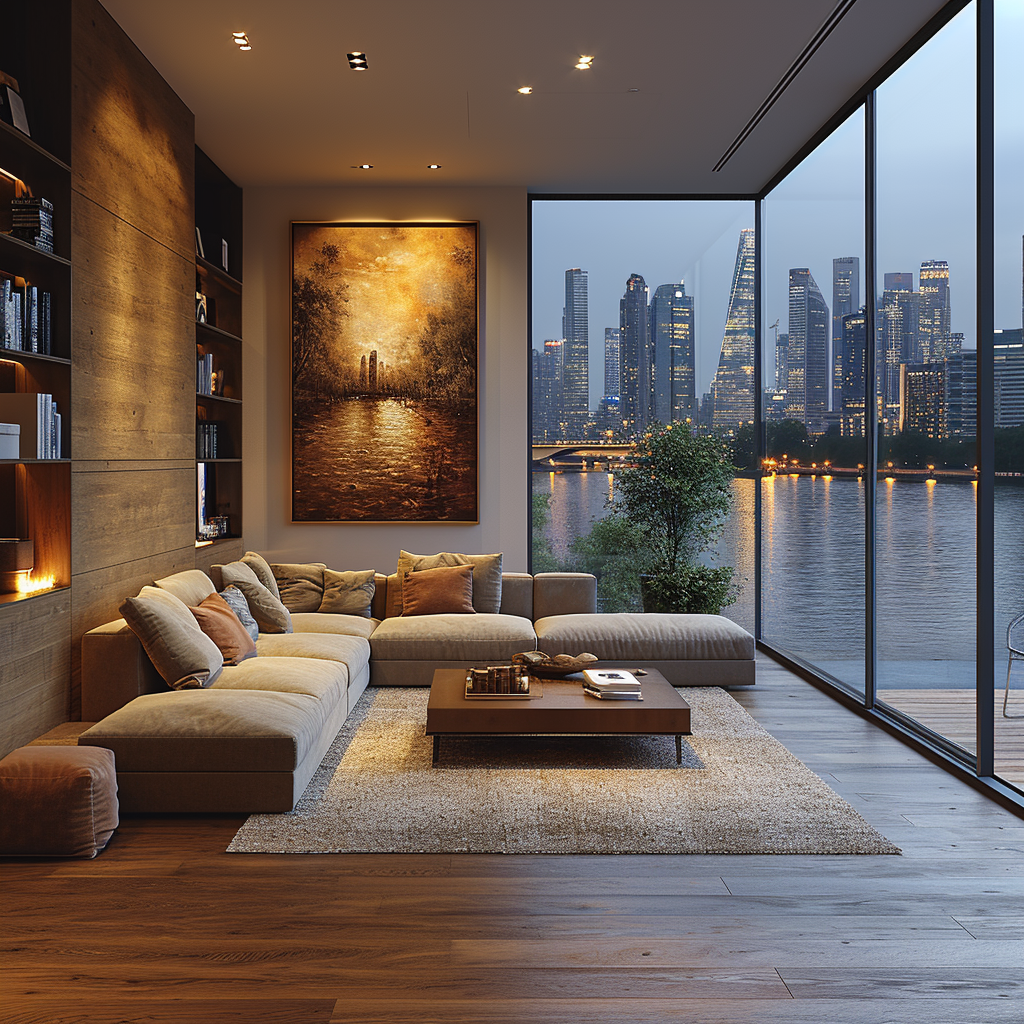
- Moreover, an over-reliance on AI can lead to a homogenization of design choices, where suggestions are based on popular trends or common preferences, potentially overshadowing unique, unconventional tastes. There’s also the challenge of integrating AI into the deeply personal and intuitive process of creating a living space that feels like a home, not just a well-designed area. This integration requires a careful and thoughtful approach that respects the homeowner’s personal narrative and emotional connection to their space.
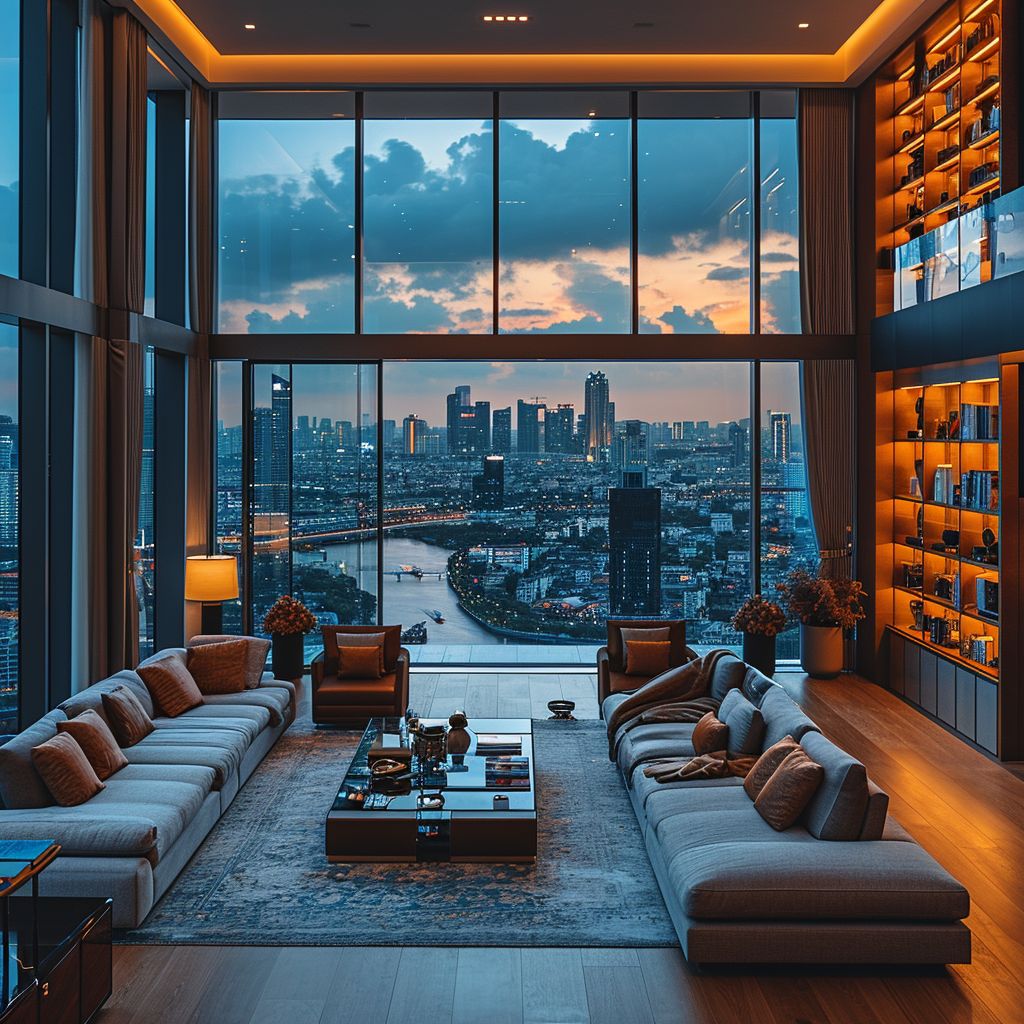
- Another limitation is the risk of privacy concerns and data security. As AI systems often rely on collecting and analyzing personal data to make recommendations, there’s a need for stringent measures to protect user privacy and ensure data is used ethically and responsibly.

- In summary, while AI brings efficiency, precision, and innovation to home design, it’s essential to use it as a tool that complements and enhances human creativity and intuition, rather than replacing it. The goal should be to harness the strengths of AI in a way that respects and elevates the personal, emotional essence of home design, ensuring that each space reflects the unique character and story of its inhabitants.
Conclusion
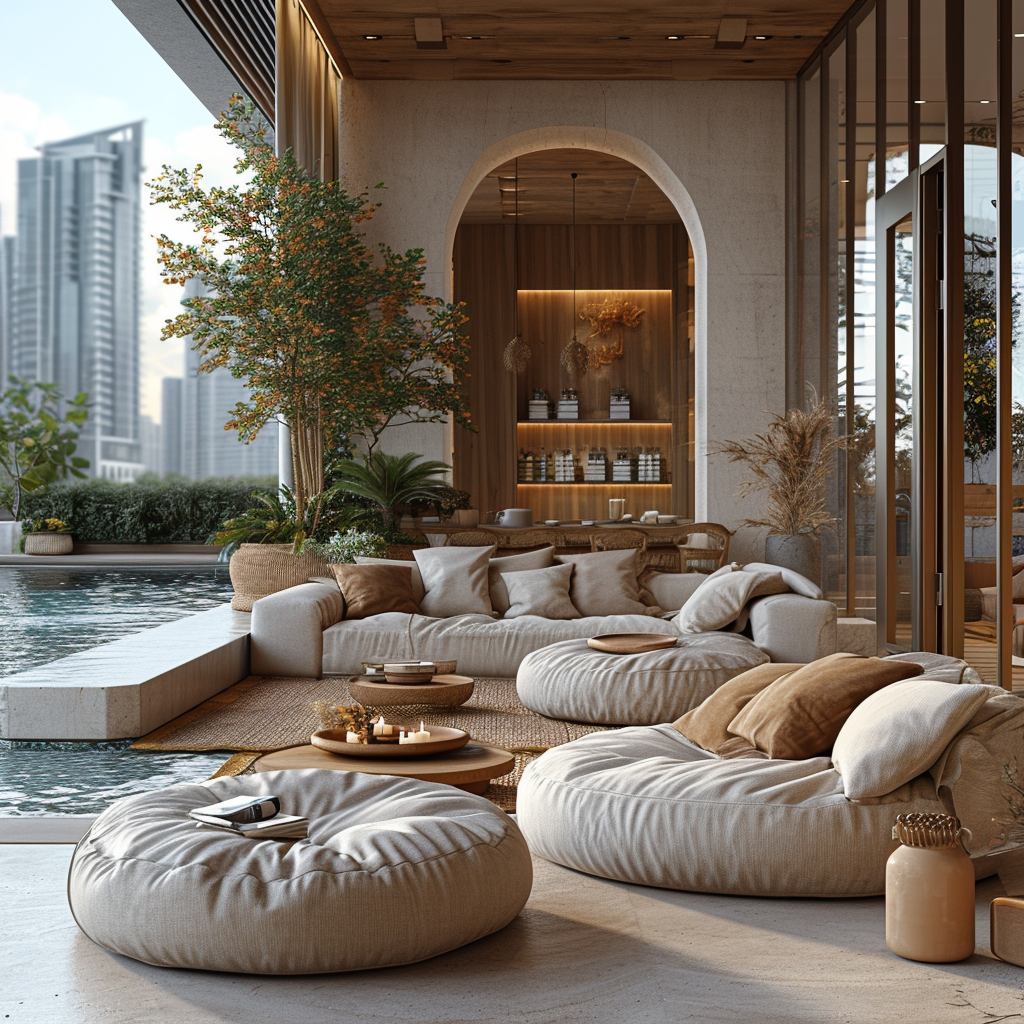
The advent of AI in art and decor selection marks a transformative era in home personalization. This technology is not just an assistant; it's a game-changer, redefining the way we infuse our living spaces with personal style. AI's ability to analyze individual preferences and suggest decor that aligns with them makes the daunting task of finding the perfect pieces far more accessible and tailored. It's like having a personal stylist for your home, who knows exactly what appeals to your taste and brings it to life in your space. Additionally, AI's foray into creating custom artworks is a testament to its potential in offering truly unique decor options. No longer confined to selecting from existing pieces, homeowners can now enjoy artworks that are not only exclusive but also deeply resonant with their personal aesthetic. This level of customization, powered by AI, is turning the dream of having a personalized living space into an achievable reality for many.